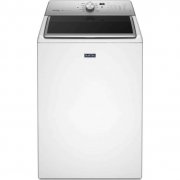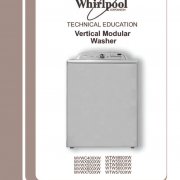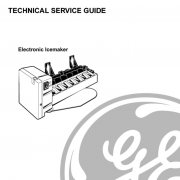How To Use A Multimeter
Don’t Have a Multimeter?
Get One Here.
Super High-Tech Tip: If you need to check a regular wall outlet (110 VAC) for voltage, plug in a hair dryer or night-light. Your measurement will not be accurate enough to solve some of the very rare home electrical problems but good enough for government work!
Measuring Circuit Voltage
Plug the probes into the meter. Red goes to the positive (+) and black to the negative (-).
Turn the selector dial or switch to the type of measurement you want. To measure alternating current, such as a wall outlet for home appliances use ACV or V~. To measure direct current, a battery for example – use DCV or V-.
Choose the range setting. The dial may have options from 10 to 1000 on the ACV side, and 5 to 1000 on the DCV side. The meter should be set at the top end of the voltage you are reading. For example the setting should be higher than 120 for a 120V wall outlet. (the measurement scale is set too low, the meter’s internal fuse may burn out.)
Hold the probes by the insulated handles and touch the red probe to the positive side of a DC circuit or either side of an AC circuit. Touch the other side with the black probe.
Read the digital display or analog dial for voltage measurement.
Measuring Circuit Resistance
Select a setting within the Ω (ohms) section on the meter dial. (Ohm’s Law)

Setting options are usually between 200 2000k (thousand)
Using higher range settings will increase the meters sensitivity to resistances.
Touch the positive (red) and negative (black) probes together, the reading you receive is a closed circuit (power can flow with 0 resistance.)






